Transition for Special Education
If you’re reading this, it’s probably because you’re trying to find some new transition strategies. Maybe you have a student or two who struggle with transition. Do they find it difficult to move to the next activity? Or next place? Worry no more! Today I’m sharing my best tips and strategies for transition for special education.
Transition can be hard for many of our students to understand and process. But there are many ways that we can support our students and help them. Although, it’s going to take a bit of trial and error on your part until you find some strategies that work.
Take a Look
First of all, take a step back and look around your classroom. Imagine you are a student who speaks a different language. And you can’t read any of the words around you. Then someone is taking you to a desk for work. Halfway through work, someone else is telling you to go somewhere else. But, you’ve only just settled down!
How would you feel? Do you know where you’re going? How did you feel about leaving an activity and going elsewhere?
Now it’s time to get started on some ideas for how we can help with transition for our students.
Visual Schedules

Visual schedules are one of the best and most common strategies to use with our students. They provide a visual approach for our students to see what will be happening through the day. It also allows them to know what’s coming next, and where they’re going.
You can use a whole class visual schedule if everyone is doing the same activities all day. Or, you can have individual schedules for each of your students so that they are tailored to suit each student’s day.
You can use symbols for your students, real photographs or even real objects. All of these will help your student to understand the order of the day and when something will be happening. This is also great for schedule changes and visually showing your students the change.
Transition Board
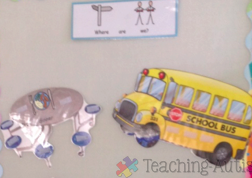
We love to use a transition board in our classroom. My students love being able to move their faces to where they are going next. And this helps prepare them for the change of destination. It also acts as a great resource for when we have visitors to our classroom and they’re wondering where we are!
Before we move to another place, we will have our students move their photo faces to the next destination. We’ve found this really helpful, especially for our students who previously struggled with transitioning to another area.
Songs
In this day and age, you’re probably aware that there’s a song for everything, and you’d be right! My students love our transition songs.
Head over to Youtube and search for a transition song. It could be going to the toilet, brushing teeth, dinner song – there’s a song for everything! My students have always loved music – so these songs work really well. As soon as they play, you can see all of my students stop what they’re doing and pay attention.
This works as a great tool for my students to know what’s happening and where they’re going next.
Timing Issues
Many of our students don’t understand that they have different lengths of times for different activities. For example, for maths, we may have 15 minutes to work. But, for music we may have 25 minutes. And this can be hard for our students when an activity feels like it finishes quicker than another.
This is even more true when our students are really enjoying an activity, and then they have to move onto the next one. Especially, if they’ve not finished their work yet. It can be really hard for our students to move onto the next activity if they feel like they’ve not finished their work, and it’s only half done.
There are some great ways that you can help your students understand how much time they have left;
- Sand timers.
- Kitchen timers – the one that buzzes when time is up.
- Digital timers – you can use these on the iPad or computer.
Table Mats
Everyone always thinks I’m crazy when I suggest table mats to help aide with transitioning between activities. But I guarantee you, you’ll try these out and then be messaging me thanking me right after it! Because this strategy is a total game changer for your students and classroom.
In our classroom, we have a different table mat for each activity. And the table mats are designed and linked to them to be a visual aide for transition. If you want to find out more about how we use table mats for transition, check out this blog post here.
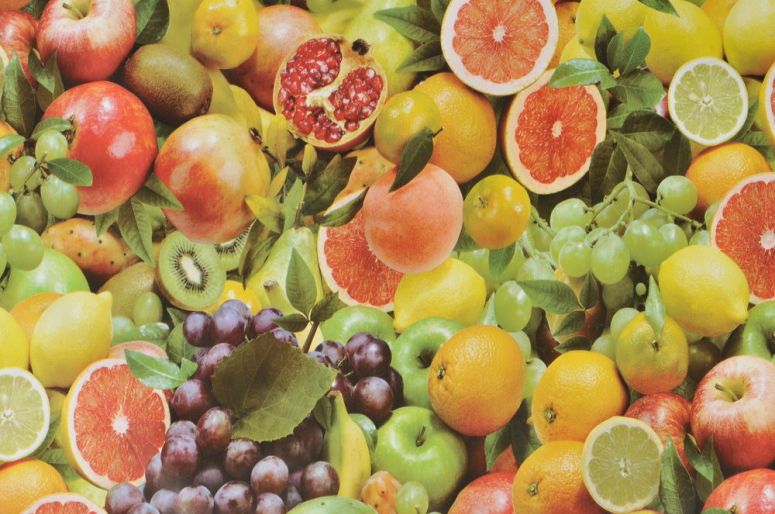
What tips and strategies do you have to help aide your students with transition? Let us know in the comments down below. And if you found this transition for special education blog post helpful, please consider sharing it with your friends and colleagues.

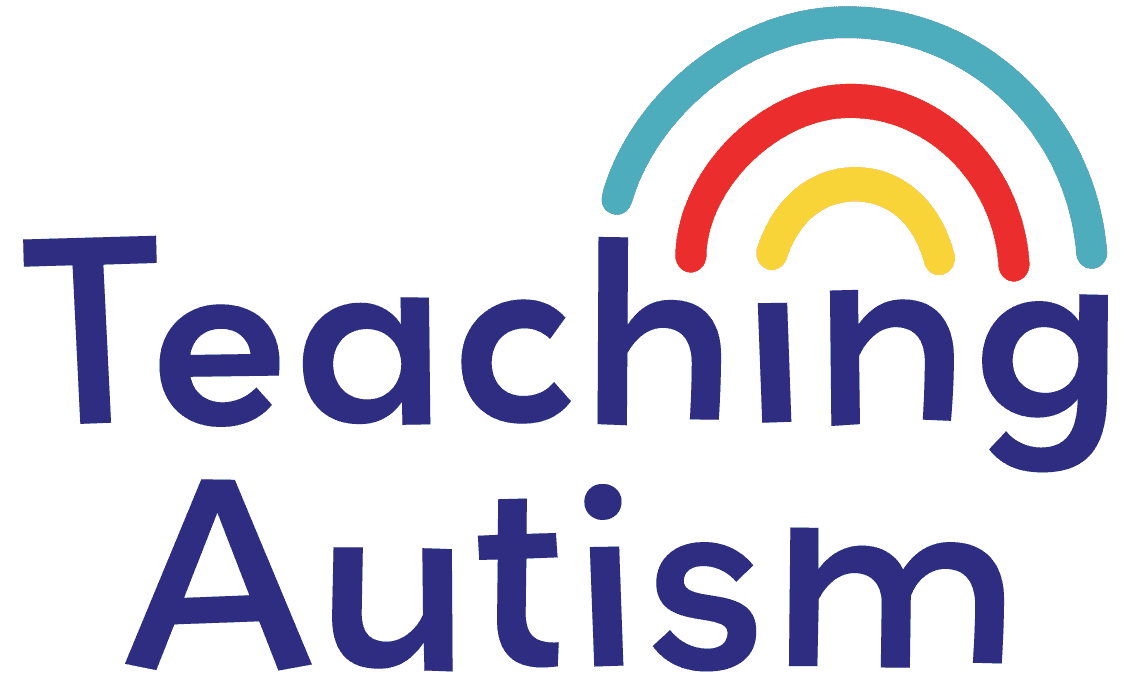
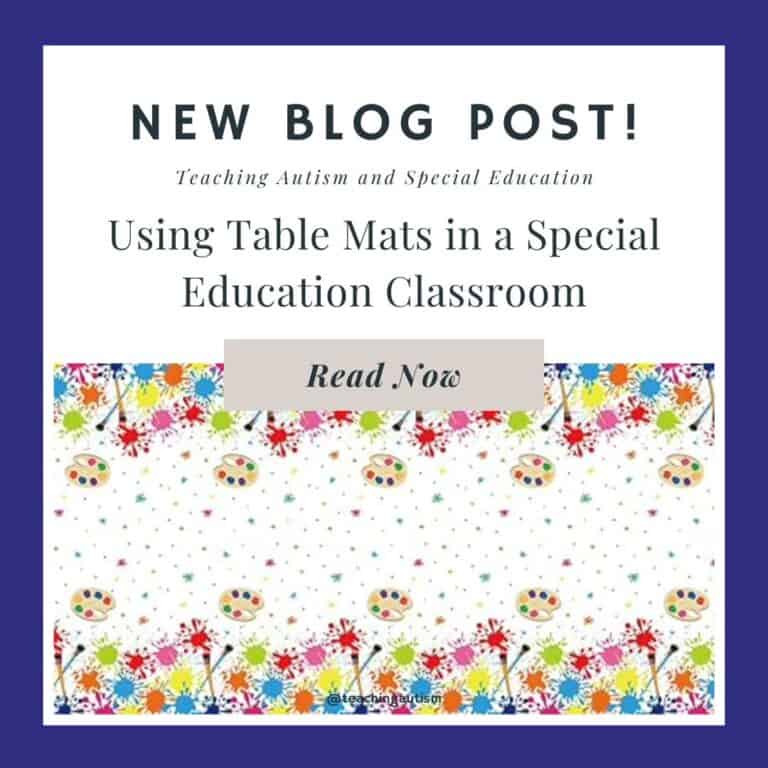
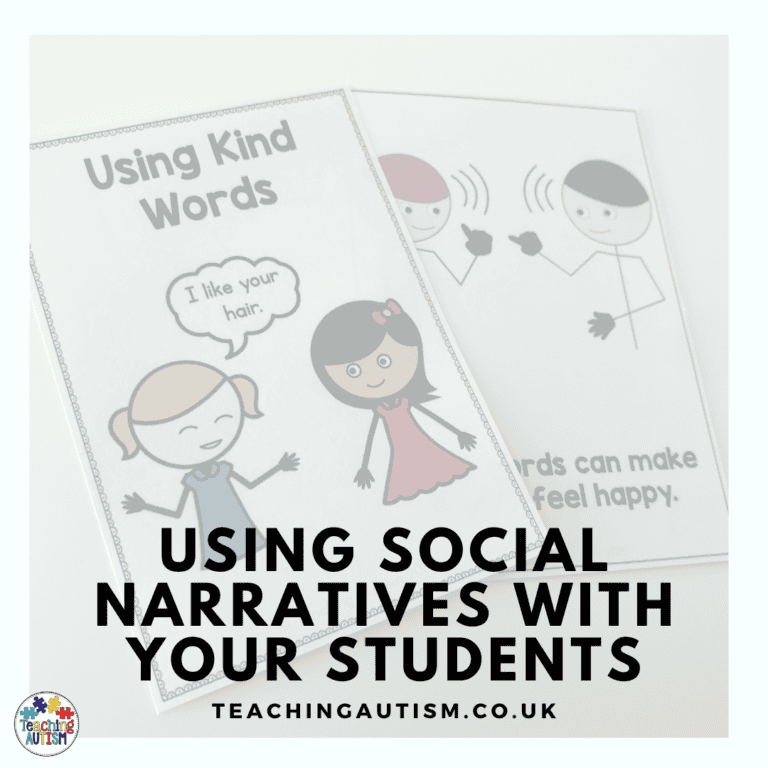
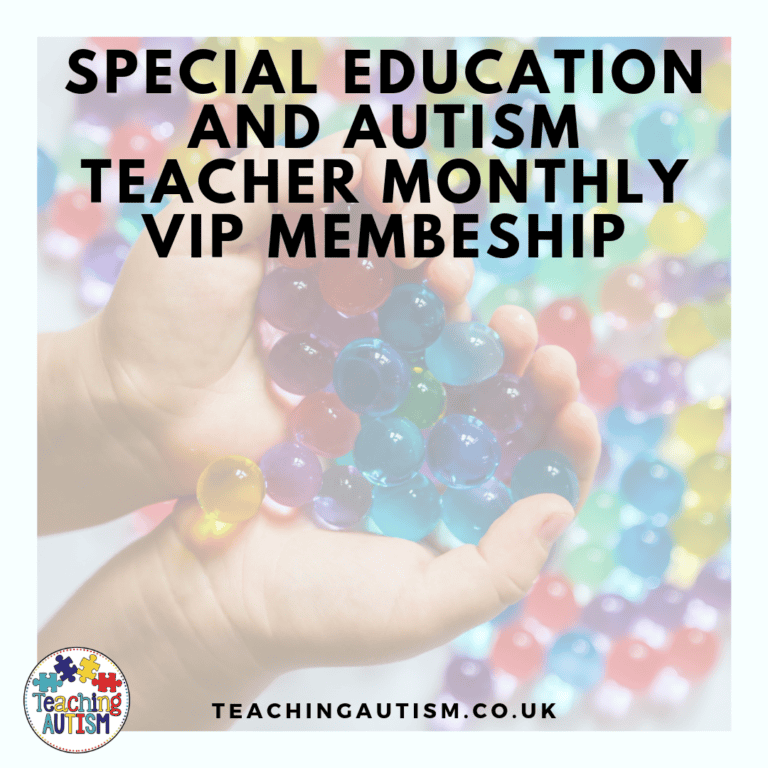
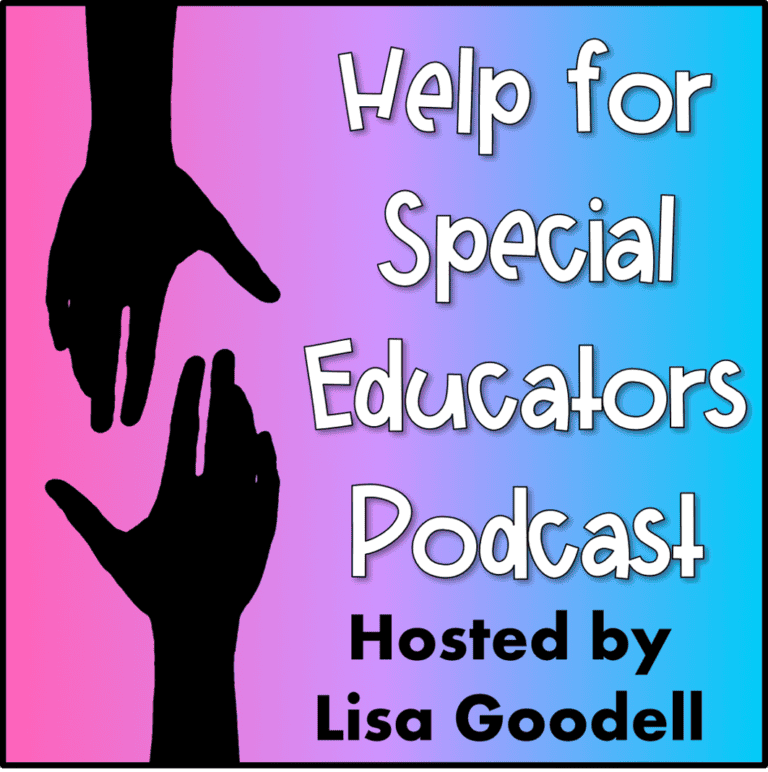
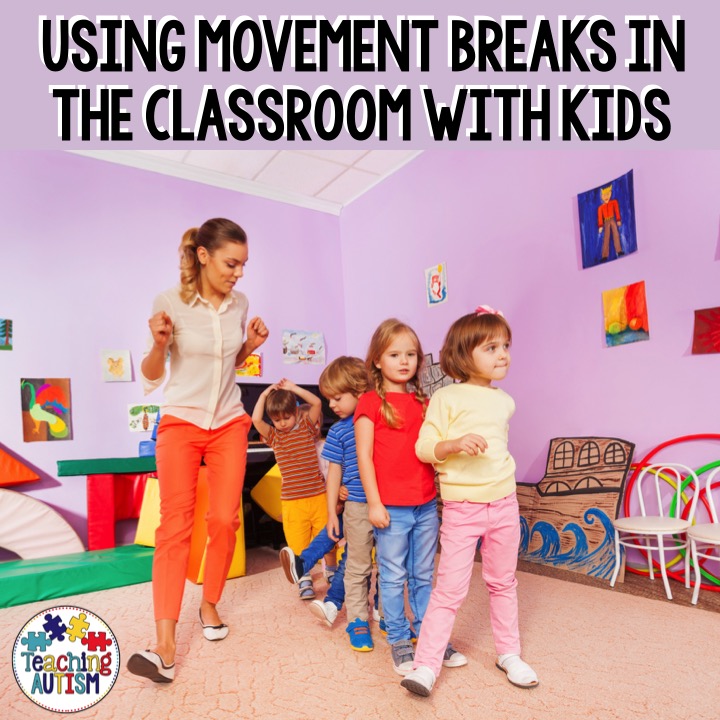
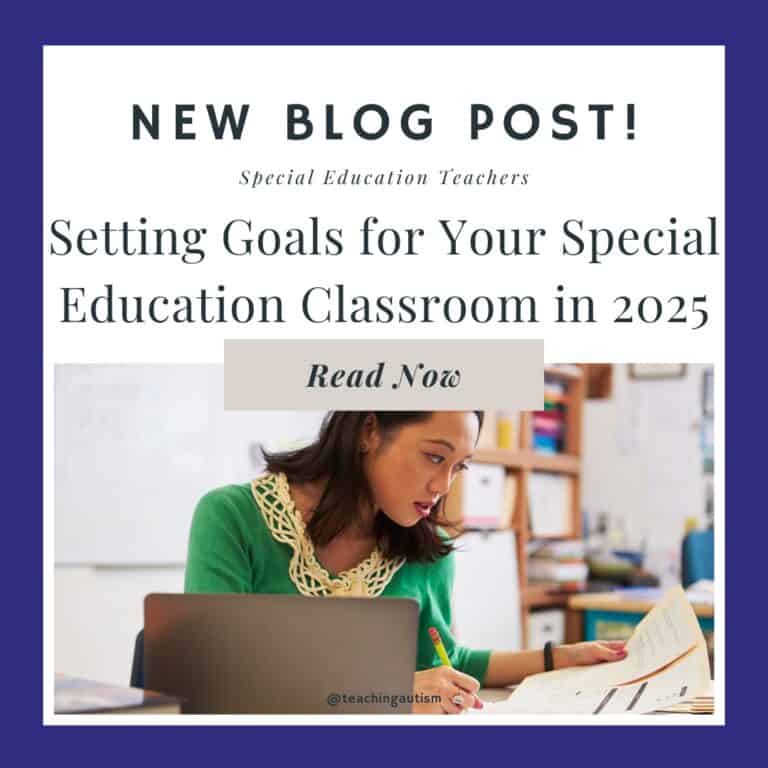
Love that you've addressed the issue of transitions. So often, transitions are where we "lose" our students–to time, to location, and especially (in adolescents) to peers and peer interaction. Pre-teaching, posting schedules, using charts to follow and finding a comprehensible way to monitor or record time are all great helpers. Even trips to the bathroom and water fountain can be opportunities to teach how long something takes. Great ideas on this blog! Thank you! https://perspectivereality.com
I love the idea of the table mats idea to add another visual prompt for the children. I also love the transition board. We already use visual timetables, using communicate in print but that would again be another great visual reminder for where the children are going next. Shame I only have my current little complex class for 5 more weeks otherwise I would seriously contemplate introducing it. I think it might be useful for my next class although they are not as complex and already have some good approaches in place that work, so I am hoping to keep some consistency for them in that sense.